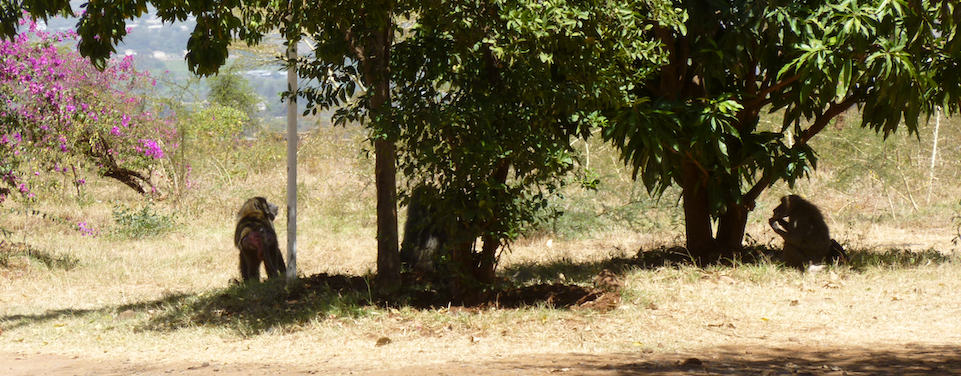
I have posted previously about my time working in a leprosarium. Working in a leprosarium 1968-74 And about a non leprosy medical work. The leprosarium extended – part 1 I mentioned there that was more to this other side of the non-leprosy work beyond the medical work.
The Other works for the general community consisted of the following….
A school with an enrolment of about 600 for the surrounding community. This only went to grade 8. A significant number of the pupils were mature age coming to school for the first time to learn the 3Rs. So in grade 1 you might have a six year old sitting next to a 21yo. Teachers were in such short supply that after 3 years as a student you had to become a teacher for a year, before returning to your studies. It seemed to work. One student who went to the leprosy school is now a professor of surgery!
A church with associated outreach. We were in Muslim poorly educated area. So many of our workers in all departments were people from different tribal areas and most were Christians. So the church was several hundred strong. They didn’t have hymn books but many, not being able to read, had developed their ability to memorise. So they had a wide variety of hymns of which they could sing a number of verses. I remember how if a baby would continue crying the preacher would say “haven’t you a breast, woman?”
There was a small administrative unit consisting of the station head and a secretary. They among many other things supervised an electricity generator as often the government service failed. This was a major problem if we were operating at the time the electricity went off line. Operating by torch light while you waited for the generator to be turned on was not fun! But we always kept one handy.
There were mission and government reports to be written, wages to be paid, equipment, medicines etc to be ordered (much of it from overseas, and months in advance). I’m glad someone else had to do it!
There were a number of houses for workers – mainly for the foreigners but also for a number of senior national staff. These needed to be maintained.
The vast majority of the workers were nationals but we had a number of ex-patriots. There were few national doctors in the country (13) and paying them or national nurses, who were not great in number either, was beyond our budget. And none were available at any rate. There were a number of national ‘dressers’ who were about equivalent to enrolled nurses, and many other types of workers. Some of these were very experienced and dependable.
The foreign staff for the whole complex consisted of – a station head and his secretary; a farmer who also supervised the machine and shoe shops nearby; a teacher; a church worker; sometimes a physiotherapist; a pathology technician; 1 or 2, very occasionally 3, doctors; 4 or 5 nurses. Many of them were single but if you were a married couple both were expected to work.
I was a surgeon by training but almost always had to supervise my own anaesthetics, and, if there alone, be the radiologist and physician as well. If there was a second doctor he usually took over the outpatient department and the radiologist and physician responsibilities.
It was interesting but very busy. It was made enjoyable as there was great esprit de corps! I can only remember a few significant disagreements.
It sounds all just too much. It was. But somehow it worked!
At the end of 5 years I was diagnosed as having a heart attack and sent to our home country.


Dominic Cartier
I’ve never heard of hyenas scalping people. Yikes.
LikeLike
I don’t think you’d like the picture!
LikeLike
Wow what a journey!
LikeLike